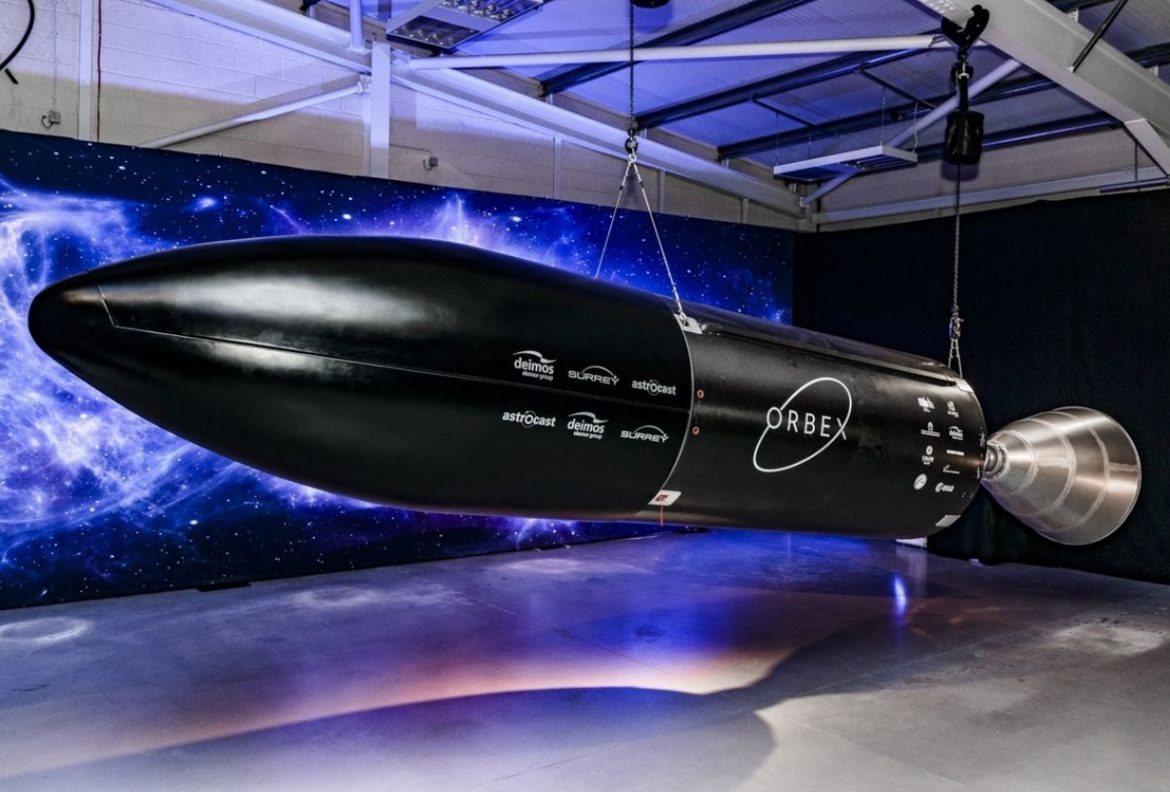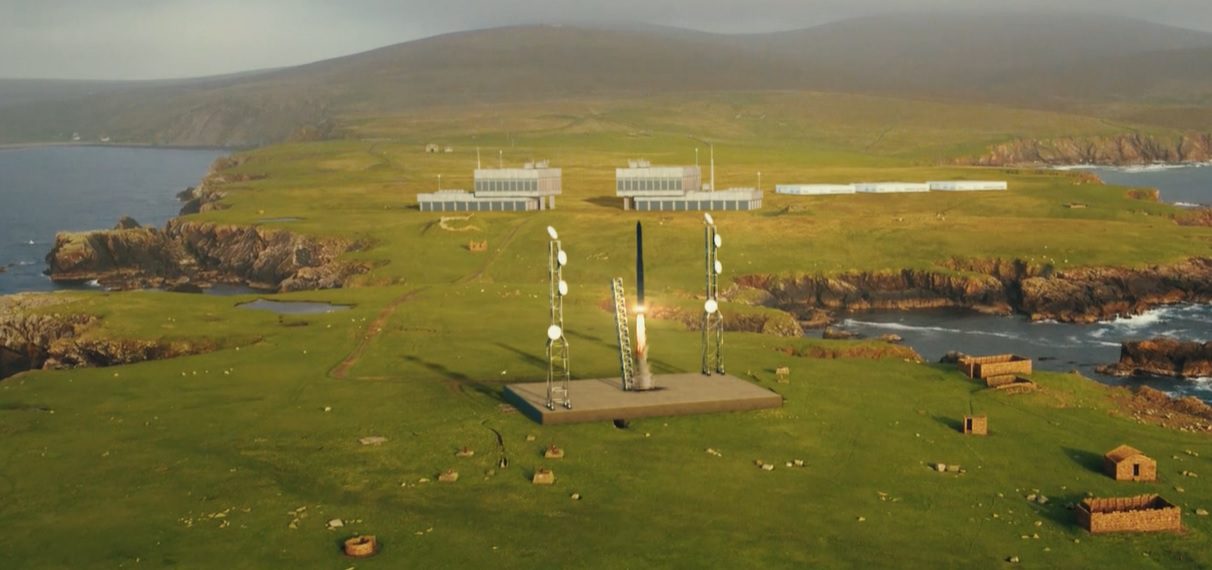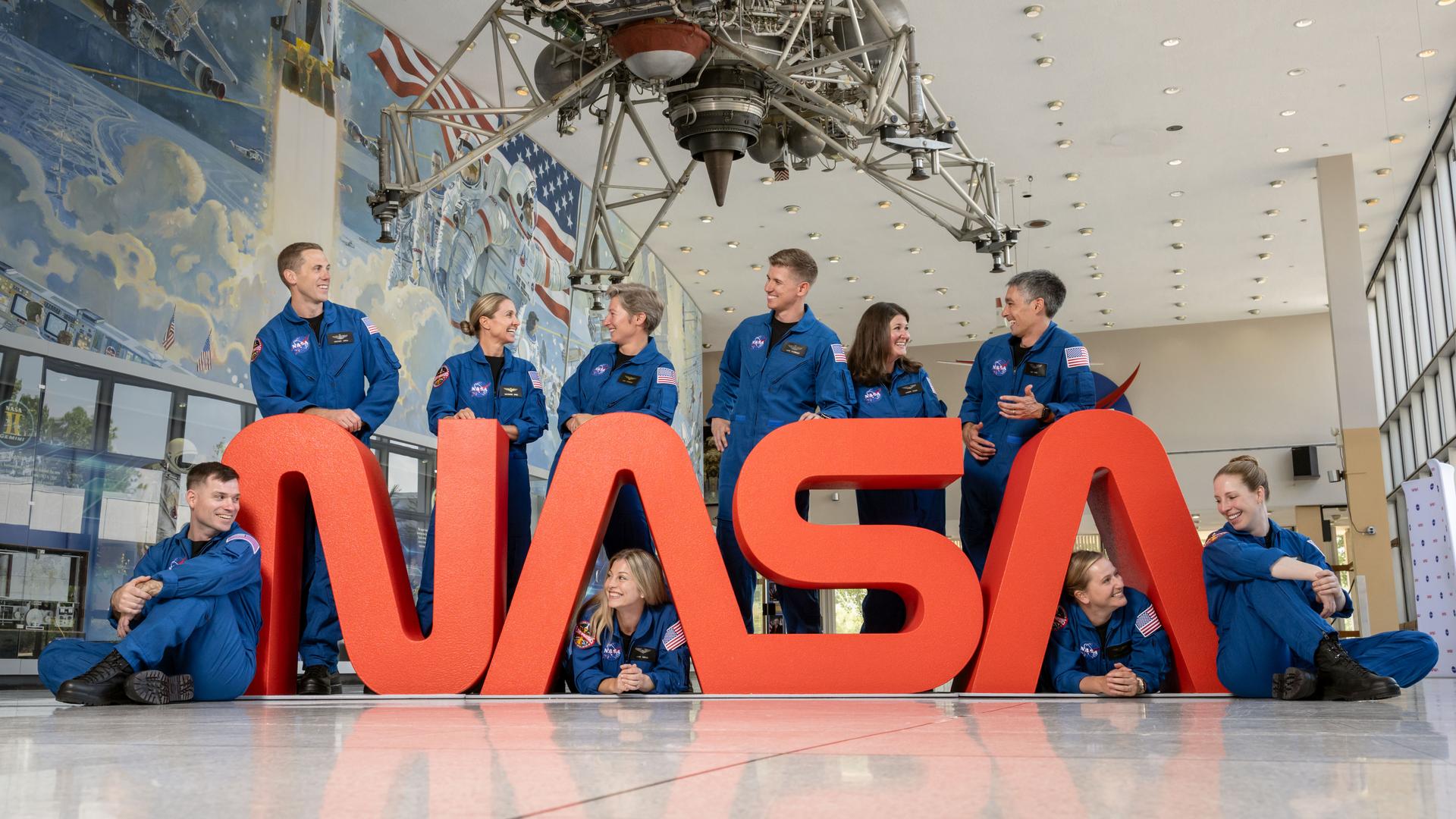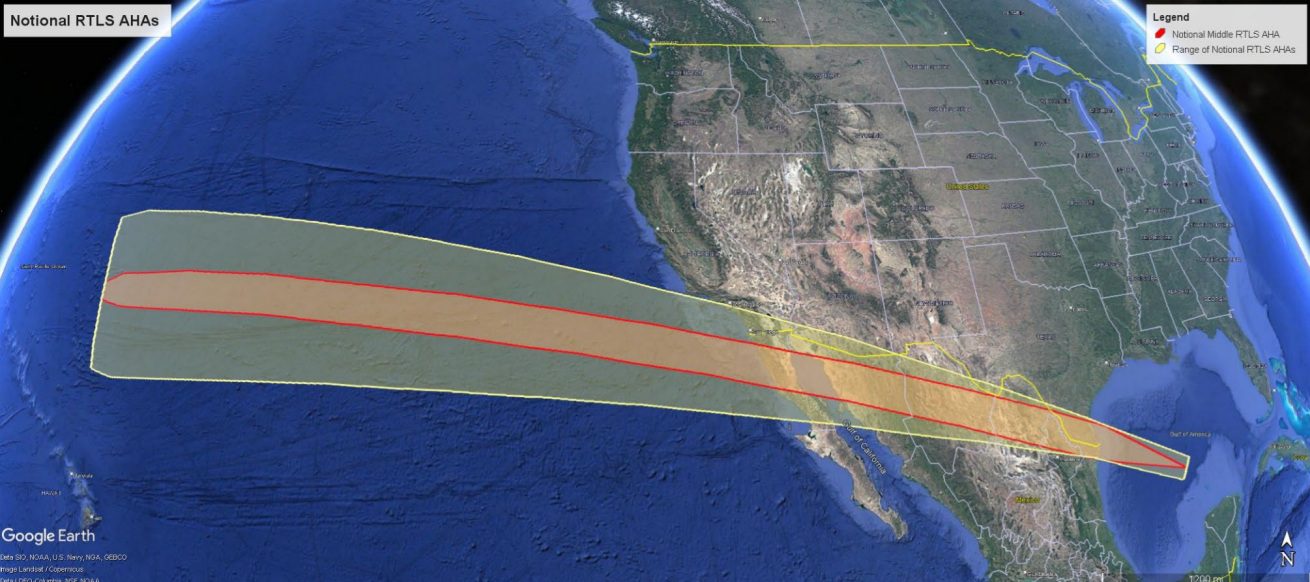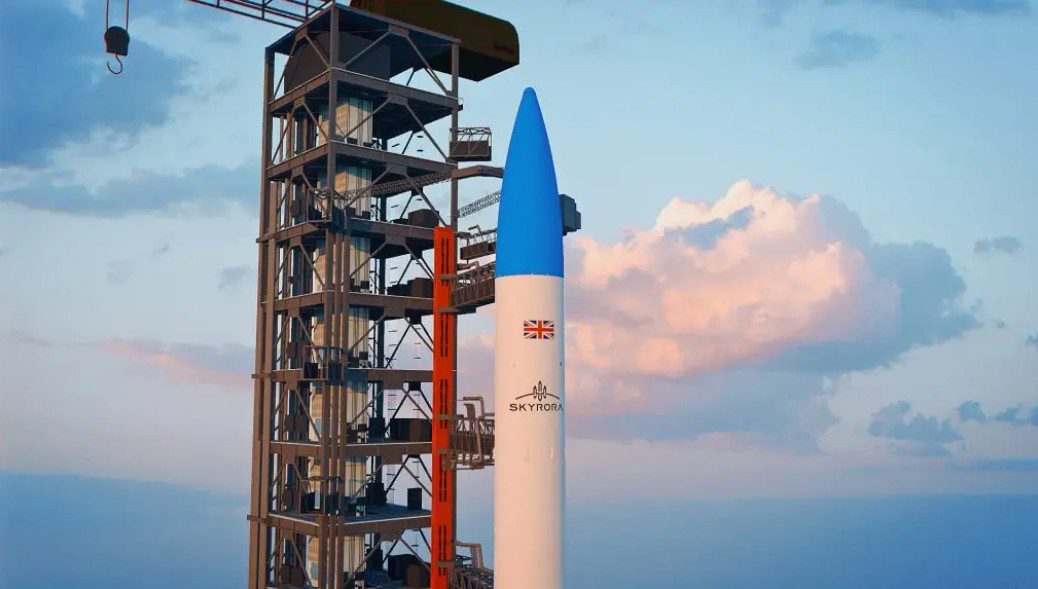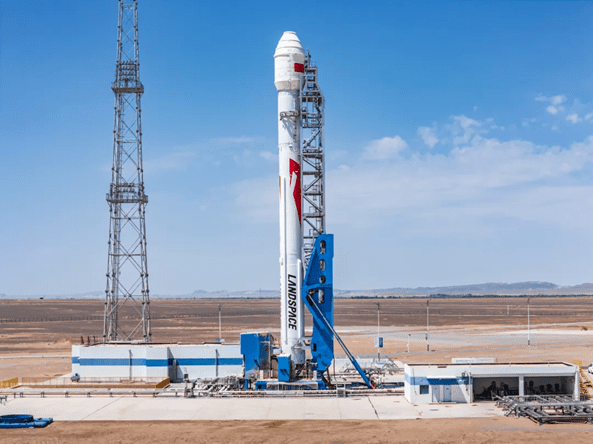The final flight in 1971 of Black Arrow, a British satellite carrier rocket developed in the 1960s, remains the first and only successful orbital launch to be conducted by the UK. Even then Black Arrow took off from Australian soil. The British space sector has waited over 50 years for another UK orbital launch. And soon it will take place, and from the UK itself using newly built spaceports.
While six spaceports were originally planned, after delays involving planning restrictions and local acceptance, three main ones are currently under construction: Sutherland on the far North of the Scottish mainland, Newquay airport in Cornwall (for air-launched horizontal launches) and SaxaVord, Unst, Shetland islands. More could be built following the UK government’s decision in 2016 to let commercial spaceports be built at any suitable location after it U-turned on the original plan to build a single UK Spaceport.
The first spaceport confirmed was Sutherland in July 2018 at the Farnborough Air Show. Then in June 2019 the UK government announced a £20 million investment into Newquay airport to create a spaceport in Cornwall as a base for Virgin Orbit. Concerns about Sutherland’s limitations – its rocket trajectories over nearby oil fields and its restrictions on launch frequency – prompted some rocket providers to choose SaxaVord on Unst instead. It is now likely to become the UK’s first operational vertical satellite launch facility – and probably its most used.
Here is a look at the key contenders in the new British space race.
The British Contenders
Orbex
A company that began its life attempting to fund a mission to Mars through crowdsourcing (then known as Moonspike Ltd) has found more luck since it set its eyes on offering commercial launch services for nanosatellites and microsatellites. Orbital Express Launch (Orbex), a private company based in Forres, Moray, in the north of Scotland, has designed and produced a small-satellite launch vehicle, known as Prime, burning bio-generated liquid natural gas/propane and liquid oxygen (LOx).
Powered by six first-stage OE engines and a single second-stage one, the 19-metre Prime will be launched from Sutherland Space Port in Scotland. It is competing with Lockheed Martin’s RS1 to be the first vertical rocket launch to orbit from UK soil. The rocket can carry a maximum payload of 150 kg into Sun-synchronous orbit (SSO).
The two-stage rocket was manufactured at the company’s headquarters and production site in Scotland although it was designed in Denmark where Orbex holds its design and testing facilities. The company’s fortunes have turned around since its crowdfunding attempt in 2015, which only raised about 13 per cent of its £600,000 target. In December 2020 Orbex said it had raised about US$70 million (GBP£52.7 million) – enough to carry it through it to the maiden launch which is expected in late 2022 or early 2023.
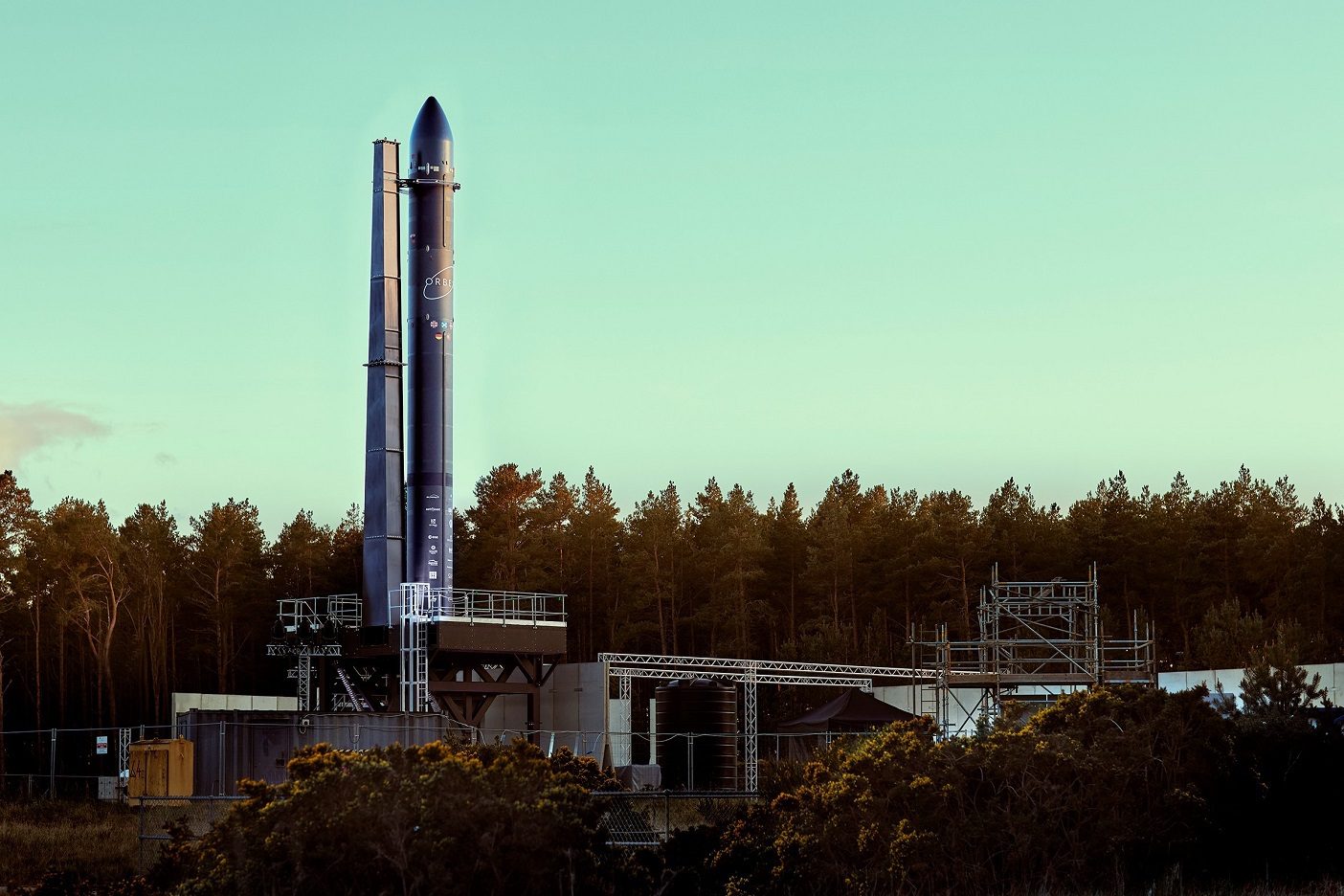
Orbex revealed images of a first full-scale prototype of its Prime rocket on its dedicated launch pad in May. Courtesy: Orbex.
Skyrora
Skyrora, a British rocket company headquartered on Princes Street in Edinburgh, is also gearing up to produce an orbital launch from UK soil with its 23-metre Skyrora XL rocket in 2023. The three-stage vehicle with a lift-off mass of 55,838 kg is designed to place payloads of up to 315 kg into SSO at between 500 km and 1,000 km in altitude. The rocket uses high-concentration hydrogen peroxide (HTP) and kerosene as propellants. Skyrora, which designs, produces and deploys rockets for small satellite manufacturers, was set up in 2017 by Ukrainian entrepreneur Volodymyr Levykin using his own funds.
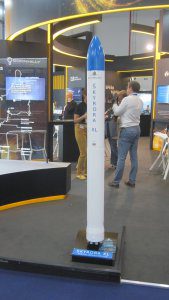
Model of the Skyrora XL three stage rocket on display at the Farnborough International Air Show 2018. Courtesy: Seradata/David Todd
The new player, which boasts British/ESA astronaut Tim Peake as one of its advisors, has also chosen SaxaVord Spaceport off the Shetland Islands as its lift-off point. In March this year, Skyrora opened a new rocket testing facility in Gorebridge, Midlothian. The site, which occupies an area the size of two football fields, is the largest of its kind in the UK.
Virgin Orbit
While other British contenders are competing with vertical launch rockets, Virgin Orbit is already flying its horizontal launch vehicle LauncherOne from California, USA. The two-stage rocket has a payload capability of 300-500 kg to SSO and 500 kg to a 230 km zero-inclination low Earth orbit (LEO). The main first-stage engine is propelled by kerosene (RP-1 standard) and liquid oxygen (LOx).
While Virgin Orbit’s spun-off sibling, the suborbital space operator Virgin Galactic, appears to be struggling, prospects for the orbital launch provider (which remains part of the Virgin Group) seem to be much better. The company is receiving orders which should soon rapidly increase its revenues.
Virgin Orbit has been charged with launching the Amber-1 commercial signals intelligence satellite on behalf of the UK Satellite Applications Catapult on a LauncherOne rocket. It is scheduled to take off from the country’s first operational spaceport at Newquay in late August, pending a British launch licence. The 16-metre LauncherOne rocket is carried by a Boeing 747 jet called Cosmic Girl, which will release it over the Atlantic following lift-off. If successful it could nab the title of the first-ever orbital launch from the UK.
Amber-1 will be used to track illegal activities at sea including fishing, smuggling, trafficking and piracy. The Amber-1 CubeSat is the first of 20 planned by California-based Virgin Orbit to track ships using wi-fi signals, mobile and satellite phone signals, fishing net beacons, radar and high and very-high radio frequencies. Kernow Sat 1, a 1U CubeSat built by the local Truro and Penwith College in Cornwall, is a co-payload on the flight.
Also on the launch are two “Prometheus 2” cubesats, being flown on behalf of the UK Ministry of Defence (MoD) and the National Reconnaisance Office (NRO). These will be used to monitor radio signals including GPS.
LauncherOne’s previous launches have not been without hiccups. Its maiden launch failed when a fuel line in the rocket’s final stage unceremoniously burst. It’s been plain sailing since, though, with all of its last three launches successful. Progress has come at a cost, with the price of an SSO mission – originally set as up to US$10 million – likely to rise closer to US$12 million, according to reports. Initial test launches were reportedly under-priced at only US$2-3 million, which accounts for the firm’s low revenue to date.
Virgin Orbit has also signed a deal with Space Forge to launch a satellite developed in Wales.
North American firms queue to use UK spaceports
Lockheed Martin
Probably the outfit with the most resources, technical and financial, is US global aerospace and defence giant Lockheed Martin. The company has been brewing plans with rocket technology partner ABL Space Systems for the launch of its RS1 rocket from what is likely to be UK’s first operational vertical satellite launch facility, SaxaVord in the Shetland Islands on the so-called “Pathfinder” flight.
The two-stage Kerosene/LOx powered rocket is capable of placing up to 1,350 kg into LEO and circa 1,000 kg into a 500 km SSO. Launches come at a cost of US$12 million each so rides to 200 km LEO will set customers back US$8,888 per kg and US$12,000 per kg to SSO.
Lockheed Martin and ABL plan that the RS-1 rocket’s debut will be this summer (no date has been disclosed) but this will now take place from Kodiak Island in Alaska rather than from the UK. They still hope to make UK’s first vertical space launch early next year. The RS1 will place an orbital manoeuvring vehicle (OMV), developed by Reading-based Moog Space and Defense Group, into orbit which will then deploy up to six 6U CubeSats.
Astra
Launch vehicle manufacturer Astra Space Inc is the latest player to join the new British space race. Although the Californian company tried to keep a low profile for four years from its inception in 2016, it has been anything but inconspicuous given a series of hard-to-hide suborbital and orbital launch failures. Nevertheless, it has finally achieved launch success with its Astra Rocket 3.0 series at its site in Kodiak Island, Alaska. Astra now wishes to also launch from the UK.
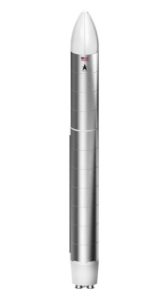
Astra Rocket 4.0 Courtesy: Astra Space
The firm is currently working on a new variant, dubbed Astra Rocket 4.0. The kerosene/LOx powered rocket has a payload capacity to LEO of 300 kg (250 kg to SSO) for a base launch price of US$3.95 million. Earlier this month it announced plans to deploy rockets from Scotland as early as next year through a partnership with the SaxaVord UK Spaceport.
After a SPAC merger last year, valued at US$2.1 billion, Astra became a publicly listed company on the NASDAQ – it claims to be the first space launch firm to achieve the feat of joining the stock exchange. Astra also claims to be the fastest company in history to reach orbit, six years after it was founded.
C6 Launch Systems
Another entrant from North America is the privately held Canadian company C6 Launch Systems which is offering a small – in fact very small – rocket for orbital launches. At just 13 m tall and 1 m diameter wide, the C6 LOx-kerosene two-stage “microlauncher” rocket can carry payloads of up to 30 kg to 600 km into SSO using SaxaVord Spaceport as its departure point from Earth.
Although C6 Launch predicts orbital flights in early 2022, the company is still testing elements of the design so it is unlikely that a launch attempt will be made until 2023 at the earliest.
Joint comment by David Todd and Farah Ghouri:
While there is much to be said about the race to launch a satellite from UK soil – one that Virgin Orbit is almost certain to win – a more pertinent question perhaps should be: which of these launch providers will actually be successful?
Virgin Orbit’s LauncherOne has the early advantage both in terms of timing and flexibility of orbital inclinations (being air-dropped and ignited over the Atlantic in virtually any direction). However, with a spate of small launch vehicles lined up by rivals, and the promise of cheap rideshare missions on larger rockets, the question is whether it can cut the cost of its launches enough to ensure its long-term competitiveness.

Artist’s impression of Virgin Orbit’s Boeing 747-400/LauncherOne combination operating from Newquay spaceport. Courtesy: UK Space Agency
Vertical launches from the UK are limited to polar or near-polar orbits such as SSO. Nevertheless, this orbital subset remains very popular, whether for LEO communications satellites, or for on-demand military Earth observation satellites. Of the vertical contenders, Lockheed Martin looks certain to be first to launch but it will need to satisfy the perennial requirements for low-cost, reliable and regular flights. On the latter point, it was a canny move to switch its focus from Sutherland to SaxaVord to increase flight opportunities (Scottish weather permitting).
Payload capacity will also be a deciding factor. While Astra’s, Orbex’s and Skyrora’s payload capabilities are probably large enough, C6’s entrant may be too small to be commercially viable.
In the end, the clear winners from the fray may not be the launch providers themselves, but rather the small UK satellite manufacturers such as SSTL and AAC Clydespace, as well as their clients. They should soon be able to launch their satellites at a faster pace and lower cost.
This story has been updated to point out that the first flight of the Lockeed Martin/ABL RS-1 rocket will now take place from Alaska rather than the UK.


